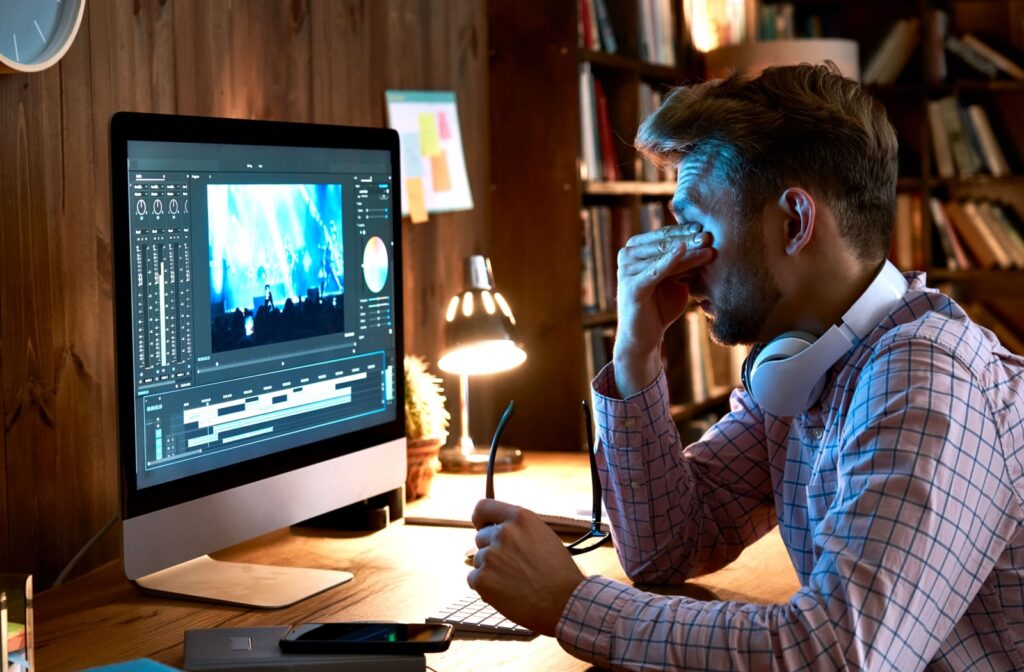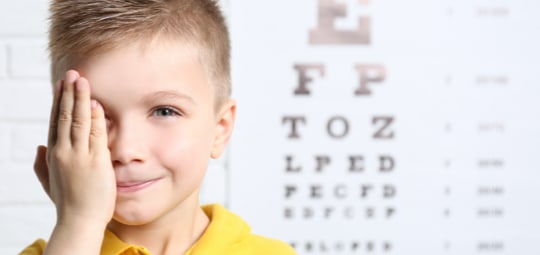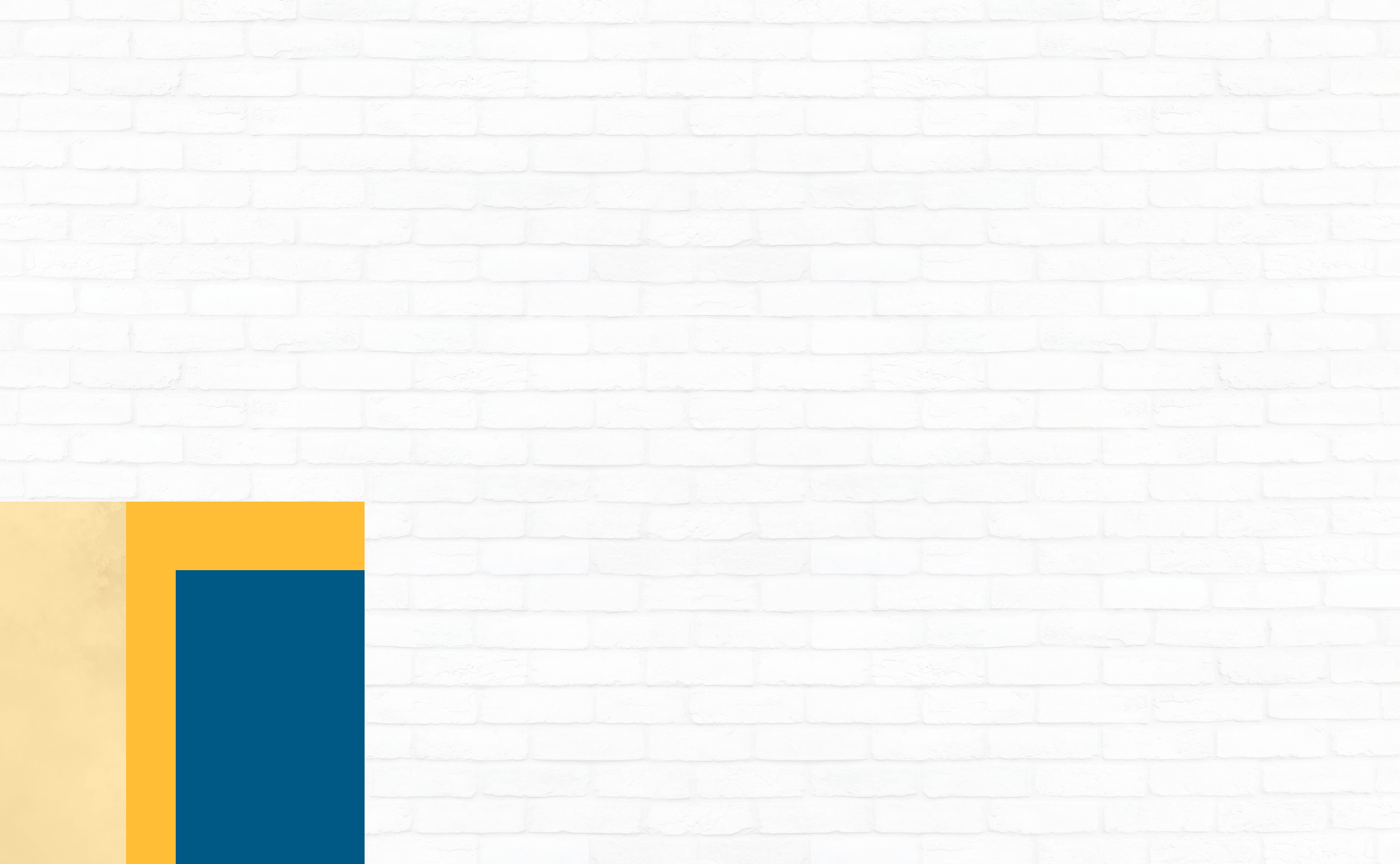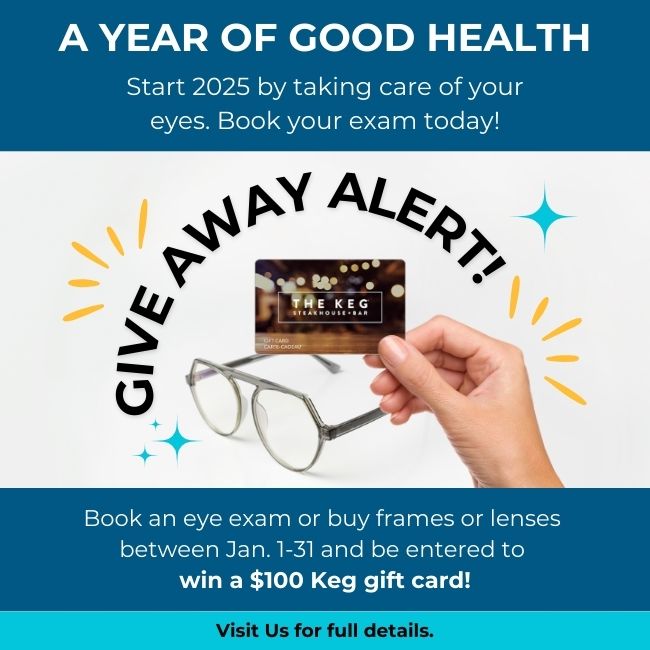You’ve probably noticed that many of your favourite apps and websites now offer a “dark mode” option. This setting swaps the typical black text on a white background for light-coloured text on a dark screen. While many people find the look sleek and modern, you might wonder if it’s better for your vision, especially if you already experience symptoms of digital eye strain.
There isn’t a simple yes or no answer, as everyone’s eyes are different. Ultimately, the best choice between dark mode and light mode depends on your personal comfort, your environment, and your own vision needs, which are best assessed during a regular eye exam. Let’s explore what that means for you.
What Is Dark Mode & Why Is It Popular?
Dark mode, sometimes called light-on-dark mode, is a display setting that reverses the standard colour scheme on your screen. Instead of a bright, white background, it uses a black or dark grey one with light-coloured text and icons. This simple switch can change your entire viewing experience.
The popularity of dark mode has grown for a number of reasons. Many people feel that it creates a less intense viewing experience, especially when using devices at night. It can also help conserve battery life on devices with certain types of screens, like OLED displays.
Potential Benefits of Dark Mode for Vision
Some people find dark mode to be more comfortable. However, the benefits often depend on the time of day and the environment you’re in.
Reduces Glare & Eye Strain
A bright white screen produces more light, creating glare that forces your eyes to work harder. This can lead to symptoms of computer vision syndrome, like tired or sore eyes.
Dark mode significantly reduces overall brightness, which helps reduce feelings of strain and can provide a more relaxed visual experience. This is especially helpful during long sessions of reading or working on a computer, as it allows your eyes to focus on the content without fighting against a brilliant backdrop.
Less Blue Light Exposure
Digital screens emit blue light. While, contrary to some claims, blue light hasn’t been shown to cause long-term eye damage, it can affect your body’s internal clock. Dark backgrounds emit much less blue light than traditional white backgrounds. This is because less of the screen is illuminated.
Reducing your blue light exposure in the evening can be beneficial for your sleep-wake cycle. Using dark mode on your devices before bed may help you wind down more naturally and contribute to a more restful night.
Better in Low-Light Conditions
Using a phone or tablet in a dimly lit room is often more comfortable with dark mode. A bright screen in a dark environment can be hard on your visual system, causing your eyes to squint and overwork.
Dark mode provides a much gentler transition for your eyes as they adjust to the surrounding darkness. The lower screen brightness is less of a shock, making for a more pleasant experience. This allows you to read or browse without feeling like you’re staring into a spotlight.
Potential Drawbacks of Dark Mode
While dark mode has its fans, it isn’t a perfect solution for everyone. For some individuals, it can actually make focusing and reading more difficult. Understanding these potential downsides can help you decide if it’s the right choice for you.
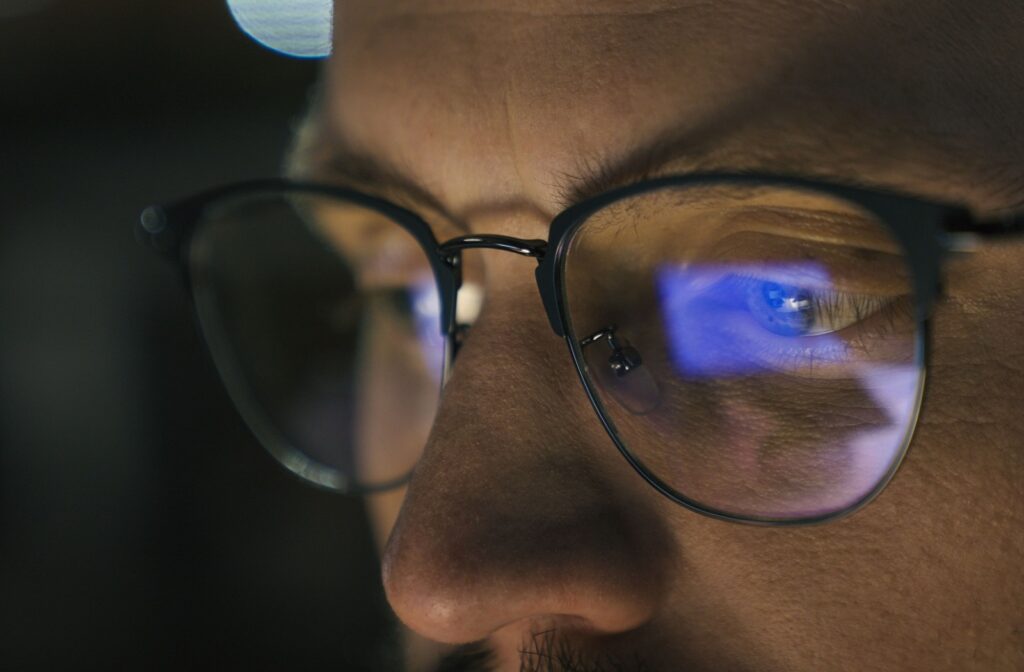
The Astigmatism Consideration
If you have astigmatism—a common refractive error in which the eye isn’t perfectly round—dark mode might make text look blurry. This is because astigmatism can cause light text on a dark background to appear to bleed or smudge into the darkness, an effect known as halation. This can make letters seem less crisp.
The halation effect can force your eyes to work harder to define the edges of letters and maintain focus. For people with uncorrected or significant astigmatism, this can lead to more eye strain, not less. If text looks fuzzy in dark mode, this might be the reason.
Pupil Size & Focus
Your pupils naturally get bigger in the dark to let more light in. When you look at a dark screen, your pupils widen slightly. A larger pupil can make it a little harder for your eyes to maintain a sharp, clear focus on the text.
This can reduce your depth of field, meaning that you might have to put in more effort to read clearly. Over long periods, this extra work can contribute to eye fatigue. It’s a subtle effect, but one that can make a difference in your comfort.
Tough to Read in Bright Rooms
In a well-lit room or outdoors in the sunlight, a dark screen can be difficult to see. The surrounding light can wash out the screen, reducing the contrast between the text and the background. This can cause reflections and glare on the surface of your screen.
When the contrast is too low, you may find yourself squinting or straining to read what’s on the screen. In these bright environments, a traditional light mode often provides better readability. The black text on a white background stands out more clearly in bright light.
Light Mode vs. Dark Mode: Which Should You Choose?
The truth is, there’s no single best option that works for everyone all the time. The choice between light and dark mode often comes down to what feels best for your eyes. Experimenting with both is the best way to find out what you prefer.
Listen To Your Eyes
Pay close attention to how your eyes feel when using each mode. If you notice more discomfort with one setting, it’s a clear sign that you should try the other. Your comfort is the most important factor, and it’s also helpful to adopt habits like the 20-20-20 rule to prevent digital eye strain.
Watch for signs that your eyes are working too hard, such as:
- Frequent headaches
- Blurry or fluctuating vision
- Dry, itchy, or watery eyes
- Increased sensitivity to light
If these symptoms persist regardless of your screen settings, this could be a sign that you need glasses.
Your Environment Matters
It’s important to adapt your screen to your surroundings. For instance, you can try using light mode in bright environments for maximum readability. This helps text stand out clearly when you’re in a sunny room or outdoors.
Conversely, you can switch to dark mode in low-light settings to reduce glare and overall brightness. Many devices even offer an “automatic” setting that changes the mode based on the time of day. This can give you the best of both worlds without you having to think about it.
Text Size & Contrast
Remember that dark mode is just one piece of the puzzle. Regardless of the mode you choose, make sure that your device’s text is large enough to read comfortably without leaning in. A small adjustment to font size can make a huge difference to your vision comfort.
You can also adjust the contrast settings on your device. Increasing the contrast can make text sharper and easier to distinguish from the background in either mode. Taking a few moments to customize these settings can greatly improve your visual comfort.
Signs It’s Time For An Eye Exam
If adjusting your screen settings doesn’t relieve your eye strain, headaches, or blurry vision, this might be a sign of an underlying issue. These symptoms are your body’s way of telling you it’s time for a professional eye exam.
A visit to your local optometrist can help determine the root cause of your discomfort. In fact, a comprehensive eye exam provides a complete picture of your eye health and vision needs. As your eye doctors in Stoney Creek, we can identify conditions like astigmatism or farsightedness that may be contributing to your symptoms.
Don’t put off getting the clarity and comfort you deserve. At Stoney Creek Optometry, our friendly team is ready to help you see clearly and comfortably, whether you’re in light mode or dark mode. Contact us to book your exam today!


